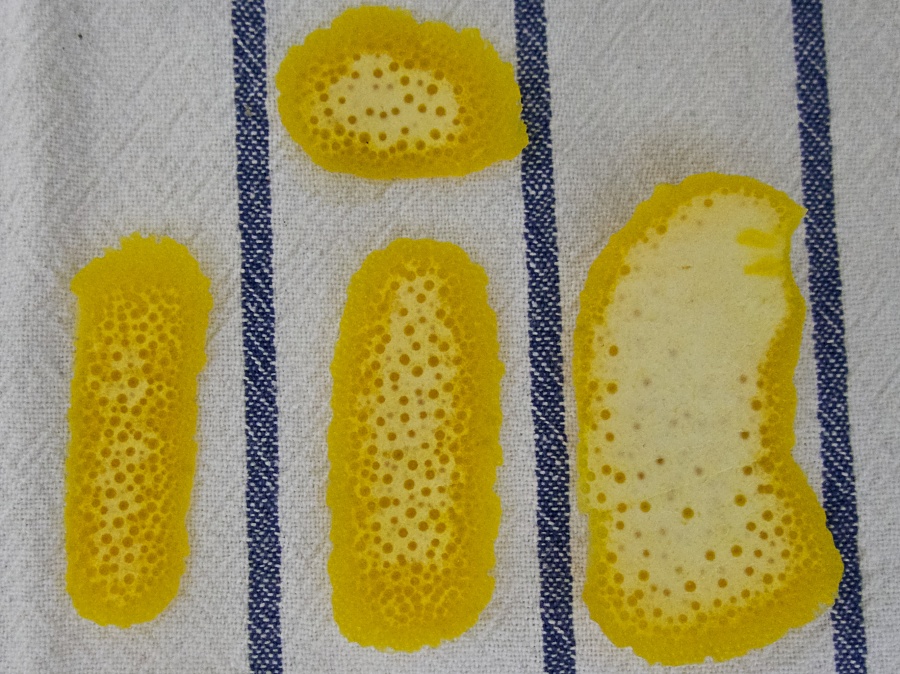The Negroni is a great drink. Done right, it hits most of the important notes. There’s sweetness, there’s bitterness, there’s complexity, and there’s sophistication. My interest today is not to dwell on how great the drink is. Nor do I wish to ponder the appropriate constituents (I have already done that to some length elsewhere).
Instead, this is an article on fundamentals, using the Negroni as the specific example. The Negroni is a great example of several things.
To start, the Negroni is an equal parts cocktail. This is not a tricky concept to master: it means that all of the ingredients are used in equal parts. We will ignore for now that contemporary treatments often up the gin quantity.
Next, the Negroni is a stirred cocktail. It is a stirred cocktail because all of the ingredients are clear alcoholic mixers. If we had juice, citrus, cream, eggs, or several other things, we would be shaking instead. Some of the reasons for this are convention. Some of the reasons for this are science. Some of the reasons for this are practical.
Many opinions on the topic of stirring and shaking involve urban legends like “bruised spirits.” Bruised spirits are what happens to somebody upon discovering that bruised spirits are hogwash. The following pair of articles on the science of cocktail chilling and dilution are worth a read:
In short, stirring and shaking are quite different methods of mixing and chilling a drink. Method substitution should be deliberate and intentional.
In any event, another important detail is that the Negroni is served on the rocks (we will also ignore that some serve the Negroni up). These are different rocks than are used to mix the drink. The ice used to mix a drink does a few things:
- It cools the drink down.
- It adds some water.
- It assists with the mixing process.
The ice used to mix the drink having melted somewhat is smaller and uglier and, well, somewhat melted. So we strain the drink over new ice in a rocks glass so that the drink is well mixed, cold, and has nice healthy chunks of fresh ice.
And then there’s the best part. The Negroni is best with a flamed orange peel, and that’s a lot of fun. Let’s get started.
The Negroni
The ingredients are easy.
- 1 part gin
- 1 part sweet vermouth
- 1 part Campari
I’ve replaced the Campari with Gran Classico Bitters, Carpano Antica Formula is my vermouth, and Nolet’s is my gin. The gin choice is pretty subjective, but the vermouth and bitters are not. These are a vast improvement over some Campari and Martini & Rossi.

First, fill the mixing vessel with ice and an ounce each of the three ingredients.



Now it’s time to stir for a while. A good solid 45 seconds at least. If reality ran three times as fast as it does, that would look like this:
The mixed, chilled, and diluted beverage is then strained to a rocks glass with ice.

One last tricky part. We need to flame an orange peel over the drink. To do this, we first cut some orange peel slices. For garnishing, the typical objective is no pith at all. For flaming, we want some structure behind the peel. This makes the coin easier to handle and express.

Grip the coin between whatever fingers feel comfortable, heat the surface briefly with a flame, and then pinch the coin to make a nice little flamethrower of joy onto the surface of the drink.
Use a second peel that is not flamed and is better suited for garnishing to garnish. This is somewhat dramatized (the peel/flame should be closer to the beverage), but illustrates the basic concepts:
That’s it. Simple, delicious, perfect.

